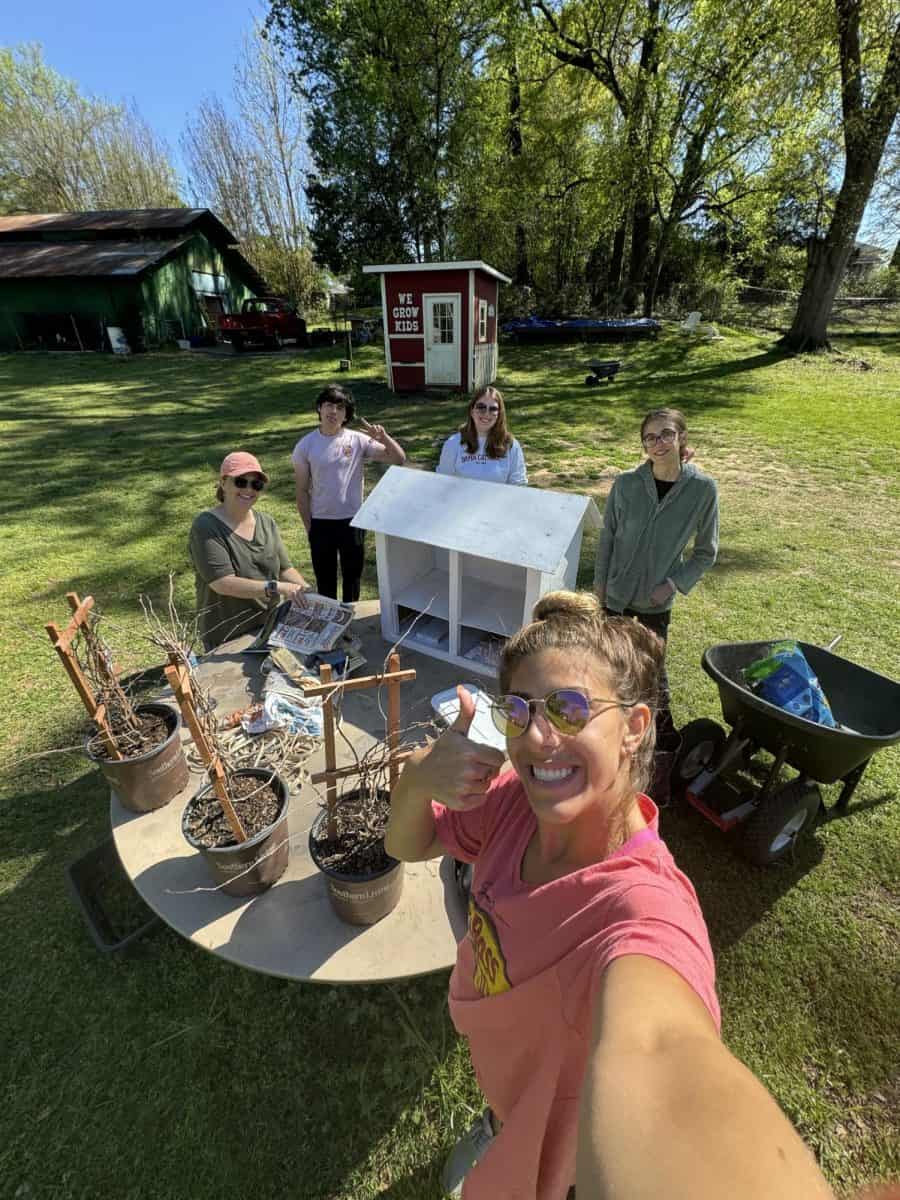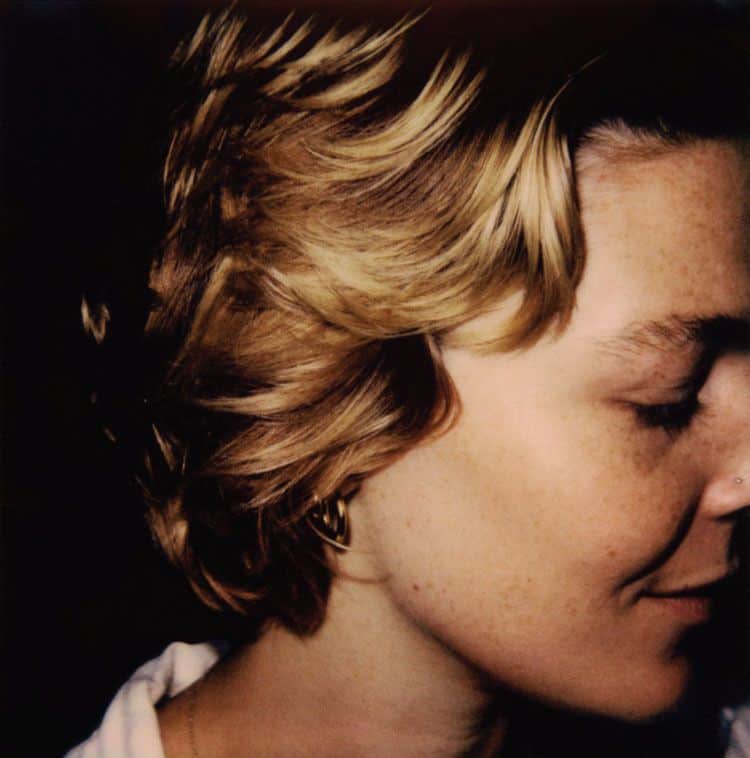Local folk-artist Charlie Lucas, or the “Tin Man,” led a “Blitz Build” in the lobby of The University of Alabama’s Alabama Institute for Manufacturing Excellence, coordinated by Creative Campus, the Honors College and the College of Engineering Friday afternoon.
“How do we recycle ourselves?” Lucas said. “How do we recycle our mind?”
He proposed this question but set no certain rules to their experiment. The lobby full of students and observers settled into six groups and created projects out of piles of junk from 3 to 4 p.m.
Tinkering with scrap items since his youth in rural Autauga County, Ala., Lucas’ interest developed into a full-time passion of forming old metals and trashed items into art after a work-related back injury in 1984. Lucas has since been featured in exhibits across the nation, lectured at Yale University and caught the attention of collectors internationally.
“Everything I do is about recycling,” Lucas said. “We’re so wasteful, and we have so many beautiful things in this world and things we’ve built that we just throw away.”
Assigned to only create from a pile of scrap gathered over the past two months from the UA Recycling Center, the students’ efforts began in sifting through their metallic pallet.
Some ripped at a bent stage light, another scavenged the innards of a faded Dell computer tower, and the rest took up all manner of tools against unidentifiable oddities.
Lucas reflected on the project as he hammered away at the rusted lid of a faded black grill. He said he was impressed spending the previous day with Creative Campus students and the morning meeting students in the lobby of Nott Hall, with the varied backgrounds, thoughtfulness and intelligence of students he met with.
“I don’t need fancy artists and praise around me,” Lucas said. “I need to be here. And I’m honored to be here.”
Once materials had been sorted and dibs called, construction began in earnest. Lucas, a broad smile plastered on his face, shuffled between the groups, releasing gasps of excitement, handing out warm endorsements and here and there lending a hand via a dose of inspiration, a roll of duct tape or a power tool.
A group of freshman engineering students created a cardboard and metal monolith capped by a smashed-in stage light and translucent spinning pinwheel.
“The engineering side of us asks, ‘How does this fit together?’” Mackenzie Morris, a freshman majoring in mechanical engineering, said. “And then we have to ask, ‘Why should it?’”
The group of four fought to counterbalance strings of junk and determine just what their project was. Playing down their artistic intentions, David Nazworth, majoring in computer science, named the tower the “Tower of Humanity.”
“We’re trying to make something interesting out of things that are usually purely functional,” Nazworth said.
“You mean, it’s junk,” Morris said. “Awesome junk.”
Across the lobby, another quartet of mostly engineers created a sprawling cityscape made up of small metal parts, divided in two.
“Our story is two-sided,” Brent LaForte, a junior majoring in aerospace engineering, said. “It’s mechanical on one end and natural on the other. It represents the power of industrialism and the difficult push towards environmentalism.”
Though another in the group commented the challenge was a nightmare for “functional” thinkers such as themselves, they took great pride in their final product.
“[Working with Lucas] requires a completely different way of looking at things,” LaForte said. “It’s refreshing.”






